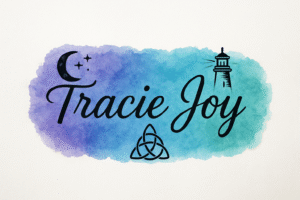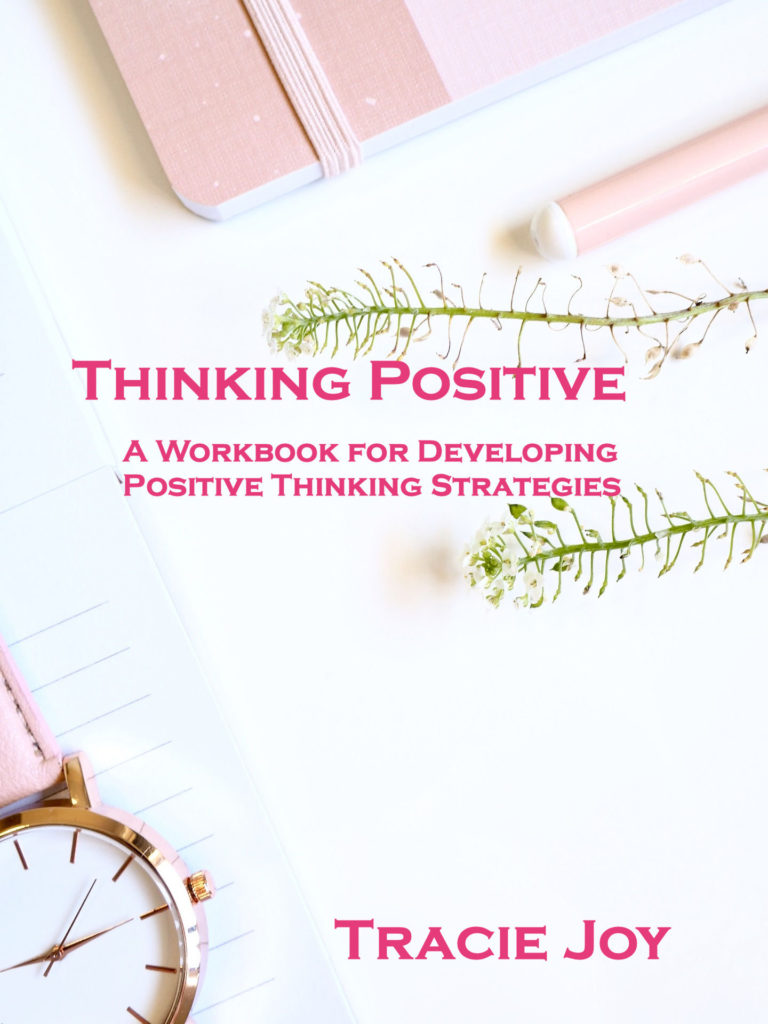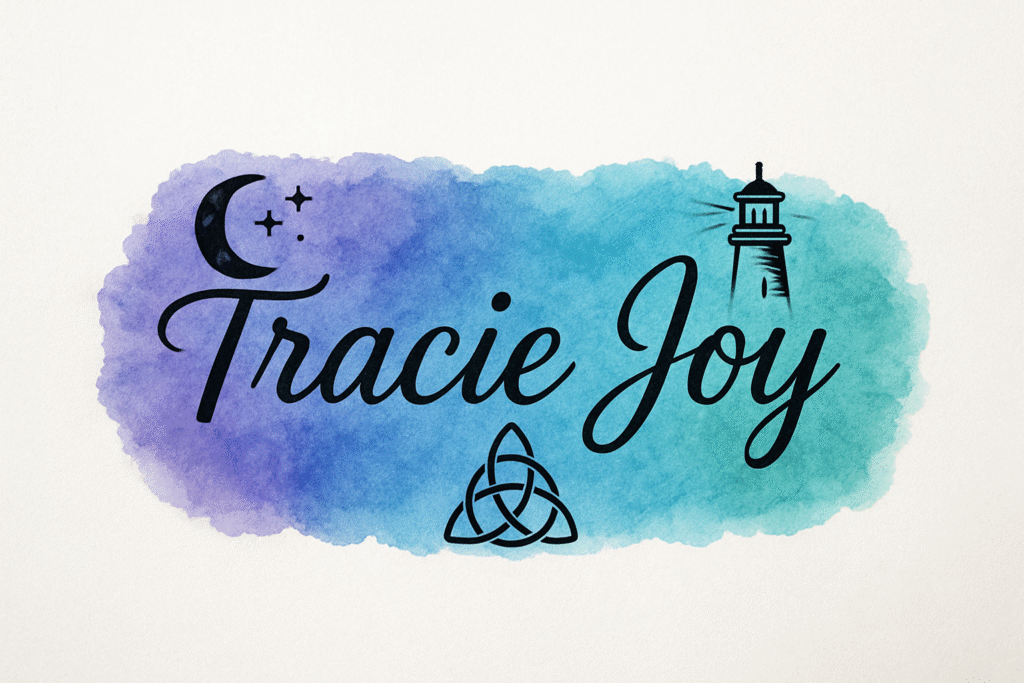How to Balance Humor and Drama in Fiction
Finding the sweet spot between laugh-out-loud moments and gut-punch emotion.
Writing a story is a bit like cooking—you need the right ingredients in the right amounts. Too much salt and you’re

gasping for water; too much sugar and it’s cloying. The same goes for balancing humor and drama in fiction. Lean too far into drama and your book risks feeling heavy and exhausting. Pile on too many jokes, and readers won’t take the stakes seriously. The magic happens in the middle ground, where you use humor to make drama hit harder and drama to give humor a sharp edge.
Why the Balance Matters
- Humor gives relief. Readers need a breath between gut-wrenching scenes. A clever quip or absurd situation lets them laugh, reset, and keep turning pages.
- Drama gives weight. Without emotional stakes—loss, conflict, desire—your story risks becoming a sitcom without substance.
- Rhythm keeps readers hooked. Alternating tension and release creates a musical ebb and flow. That cadence is the heart of balancing humor and drama in fiction.
Strategy #1: Let Character Voice Drive the Tone
The richest humor grows out of character—never from a random joke stapled onto a scene. A sarcastic best friend, a deadpan mentor, or a hero with awkward timing can add levity without forcing it. The same characters need moments of vulnerability to carry dramatic weight.
Try this: For each POV character, list how they express humor (banter, irony, physical comedy) and how they express pain (silence, avoidance, direct confession). When you’re balancing humor and drama in fiction, those lists become your dial: turn one up, turn the other down, and you’ll shape the scene’s tone intentionally.
Related deep dive: How to write compelling characters readers remember (internal link).
Strategy #2: Use Humor as Contrast—Not as a Distraction
Humor should sharpen the drama, not undercut it. Place a comic beat right after an intense moment to let readers breathe; avoid dropping a gag in the middle of a raw confession unless your goal is to show a character deflecting. In other words, balancing humor and drama in fiction often comes down to juxtaposition—light beside shadow, not light over shadow.
Strategy #3: Master Timing and Placement
Shakespeare’s comic relief works because it’s placed at the edges of intensity, not inside the gravest beats. Modern stories follow the same principle. A quip during a battle can reveal how a character copes under pressure; a joke inside a eulogy may fracture the moment unless it’s perfectly in character.
Revision trick: On a second pass, mark every humorous beat and every dramatic beat. If your jokes cluster in climaxes, move some to the setup or aftermath. This micro-editing step is where balancing humor and drama in fiction becomes craft, not luck.
Strategy #4: Expand Your Humor Toolbox
Not all humor is punchlines. Try:
- Situational humor (a serious character trapped in a ridiculous setting)
- Irony (expectation vs. outcome)
- Witty banter (dialogue that sparks)
- Physical comedy (mistimed gestures, prop mishaps)
- Gallows humor (when the world is bleak and characters grasp at wit to survive)
Varying your comedic mode prevents tonal whiplash and supports balancing humor and drama in fiction across scenes and subplots.
Strategy #5: Honor Genre Expectations
A cozy rom-com can host frothy banter in nearly every chapter; a grimdark fantasy may lean on dry wit or gallows humor. Align the comedic register with your genre’s promise. Breaking that promise intentionally can be brilliant—doing it accidentally is jarring.
Common Pitfalls (and Easy Fixes)
- Overused comic relief. If one character carries every joke, diversify. Give other characters micro-beats of levity.
- Humor that erases consequences. After a loss, let the silence land. When you return to humor, use it to reveal coping, not to cancel the impact.
- Snark that flattens sincerity. Sarcasm is spice; overuse numbs the palate. Balance with earnest moments.
Mini Case Studies
Ensemble superhero films: Snarky exchanges lighten the load before and after high-stakes sequences; sacrifice scenes remain mostly joke-free so stakes feel real.
YA tragedies with wit: Dry humor doesn’t reduce grief—it makes it bearable, which paradoxically deepens the ache. This is textbook balancing humor and drama in fiction.
Satirical fantasy: Sharp jokes coexist with moral seriousness. The laughter opens readers up, so the dramatic turns can land.
Back when I was an avid fan fiction writer, I had one character that would always ask for Ho Ho snack cakes, usually in  a tense situation as a way to break the tension or lighten the mood. I don’t know why, I went with the Ho Ho’s. Maybe at one time on the original program the character asked for them. I honestly can’t remember, but I can say for sure that every time I wrote that character, he’d want his Ho Ho’s!
a tense situation as a way to break the tension or lighten the mood. I don’t know why, I went with the Ho Ho’s. Maybe at one time on the original program the character asked for them. I honestly can’t remember, but I can say for sure that every time I wrote that character, he’d want his Ho Ho’s!
Craft resources worth bookmarking:
Writer’s Digest and
Reedsy Blog (both external, do-follow).
Scene-Level Checklist
- Intention: What do I want readers to feel by the end of this scene?
- Placement: Is the humorous beat before or after the emotional peak (not inside it)?
- Character-true: Does the joke reveal something about this character’s coping style?
- Consequence: After a laugh, does the serious choice still carry weight?
- Cadence: Read the scene aloud. Do the beats breathe?
Draft-to-Polish Workflow
Draft messy: In drafting mode, let humor and drama both flow. Don’t self-police the tone yet. You’re collecting raw material.
Color-code on revision: Highlight humorous beats in one color and dramatic beats in another. If one hue dominates entire chapters, interleave a counter-beat.
Line-edit for undercutting: Delete jokes that deflate the core emotion. Replace with micro-beats of warmth—gesture, look, callback—so readers feel seen without losing the mood.
Beta feedback: Ask targeted questions: “Where did a joke undercut the moment?” “Where did you wish for a breath of lightness?” That feedback is gold for balancing humor and drama in fiction.
Dialogue, Description, and Body Language
Dialogue: Banter is fast; vulnerability is slower. Use sentence length to control pace. A quick volley can tee up a serious reveal—then slow down for the  confession.
confession.
Description: Swap default adjectives for specific, sensory images. You can add a wink through metaphor without cracking a joke: “His pride deflated like a pool float in October.”
Body language: Let the joke live in action—spilled coffee, missed high-five—so the words can stay sincere. This keeps the scene’s emotional center intact while you’re balancing humor and drama in fiction.
When Not to Joke
Sometimes the bravest choice is silence. After a character experiences loss, rage, or awe, let the scene end on a breath. Put the joke in the next scene, as a coping beat. The contrast will make both moments sing.
Toolkit: Prompts to Tune the Balance
- Write a two-line joke your protagonist would use to deflect pain. Now write the two lines they’d say if they chose honesty instead.
- Replace one quip with a gesture. Does the scene gain power?
- Add a callback: a light remark early that becomes a poignant echo later. This is stealth balancing humor and drama in fiction.
Further Reading (Internal)
Polish your craft with these:
How to write compelling characters readers remember and
Showing vs. Telling: Quick-reference cheat sheet (PDF).
Wrap-Up
At the end of the day, balancing humor and drama in fiction is about serving your story and respecting your characters. The contrast of light and shadow makes a tale unforgettable. Humor doesn’t weaken drama—it makes it resonate. Drama doesn’t kill laughter—it makes it matter. The more intentionally you toggle between the two, the more your readers will laugh, cry, and—most importantly, remember.
Join the conversation: What’s a book or scene that nailed balancing humor and drama in fiction for you? Drop it in the comments, let’s build a reading list together.




6 Responses